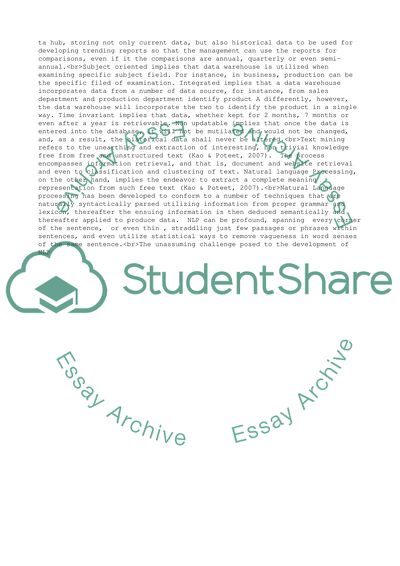Cite this document
(“Decision Support and Business Intelligence systems Essay”, n.d.)
Decision Support and Business Intelligence systems Essay. Retrieved from https://studentshare.org/business/1638633-decision-support-and-business-intelligence-systems
Decision Support and Business Intelligence systems Essay. Retrieved from https://studentshare.org/business/1638633-decision-support-and-business-intelligence-systems
(Decision Support and Business Intelligence Systems Essay)
Decision Support and Business Intelligence Systems Essay. https://studentshare.org/business/1638633-decision-support-and-business-intelligence-systems.
Decision Support and Business Intelligence Systems Essay. https://studentshare.org/business/1638633-decision-support-and-business-intelligence-systems.
“Decision Support and Business Intelligence Systems Essay”, n.d. https://studentshare.org/business/1638633-decision-support-and-business-intelligence-systems.


